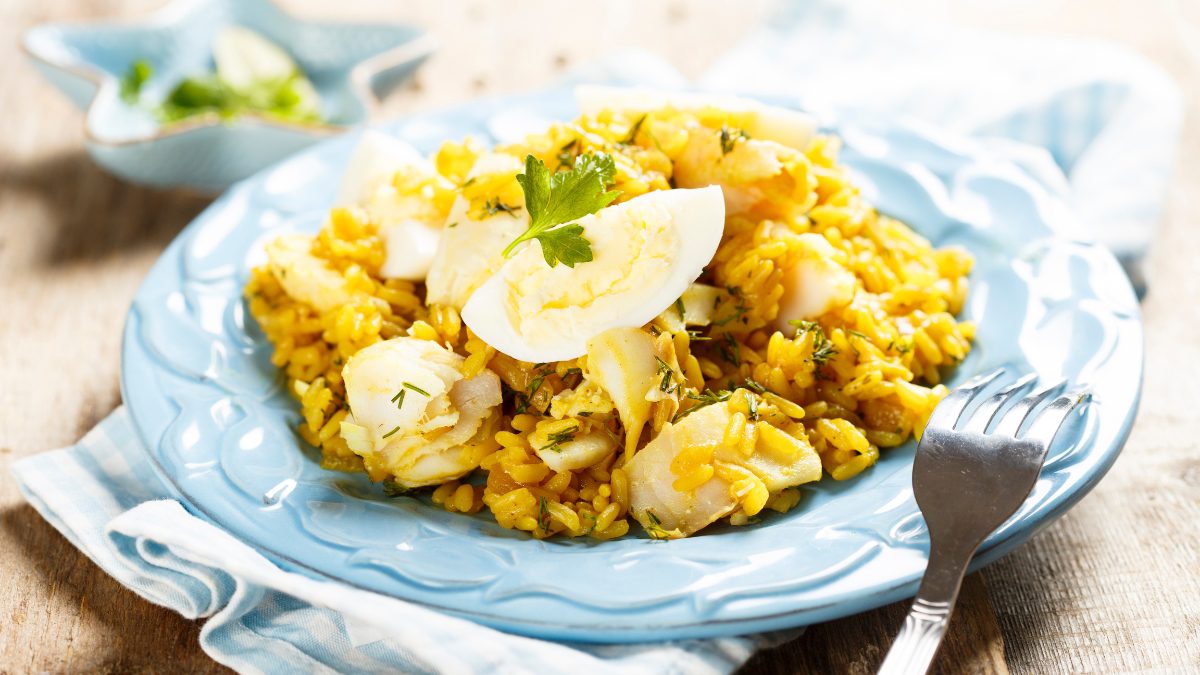In the realm of gastronomy, the cultural exchange between nations often leads to the creation of culinary delights that cross borders. One such interesting phenomenon is the British adaptation of flavours from India. The dynamic interaction between the British colonizers and the diverse culinary heritage of the Indian region birthed a fusion of tastes that continues to tantalize palates even today. From aromatic spices to delectable dishes, let’s delve into four delicious things that the Britishers borrowed from the rich tapestry of Indian cuisine.
Delicious Things The Britishers Borrowed From Indian Cuisine
The British rule in India brought about a significant cultural exchange, including the adoption of various culinary delights from India. Here are three delicious things that the British adapted from India:
1. Curry
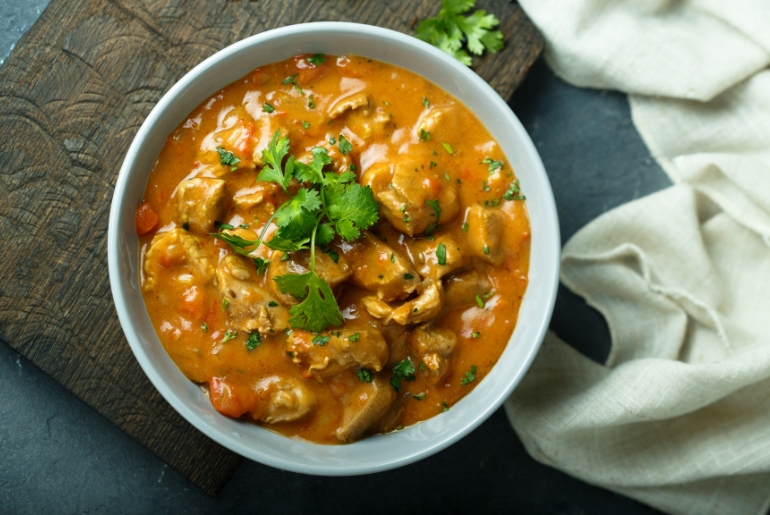
The British were introduced to the flavourful world of Indian curries during their time in India. Indian curries are a blend of aromatic spices and herbs, creating a harmonious mix of flavours. The British developed a liking for these dishes and brought the concept of curry back to their cuisine. Over time, they adapted and incorporated Indian spices and techniques into their recipes, leading to the creation of dishes like “chicken curry” and “lamb curry” which are now beloved in British cuisine.
2. Chutneys
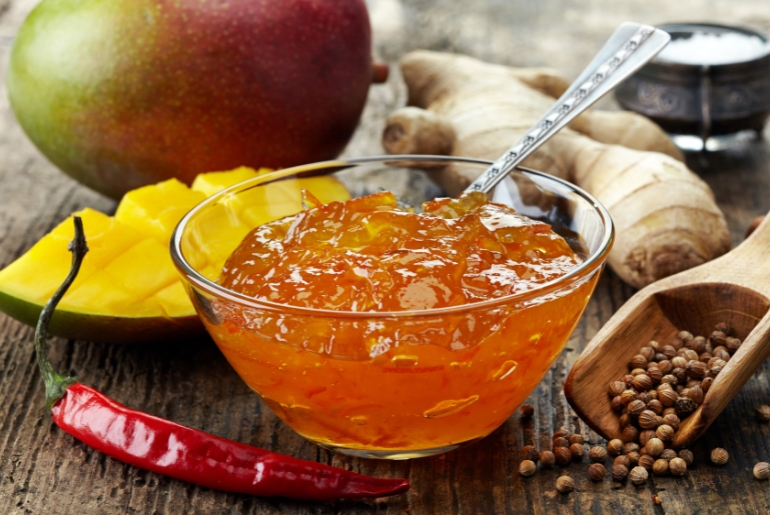
Chutneys, a staple in Indian cuisine, are flavourful condiments made from a combination of fruits, vegetables, spices, and herbs. The British were introduced to the diversity of chutneys in India and found them to be a delightful accompaniment to various dishes. They brought this concept back to England and started incorporating chutneys into their meals. Mango chutney, for instance, became a popular addition to British meals, especially with cheese and cold cuts.
Also Read: Delhi Metro Commuters Can Shop & Get Products Delivered To Stations With Lockers. Details Inside
3. Tea Culture
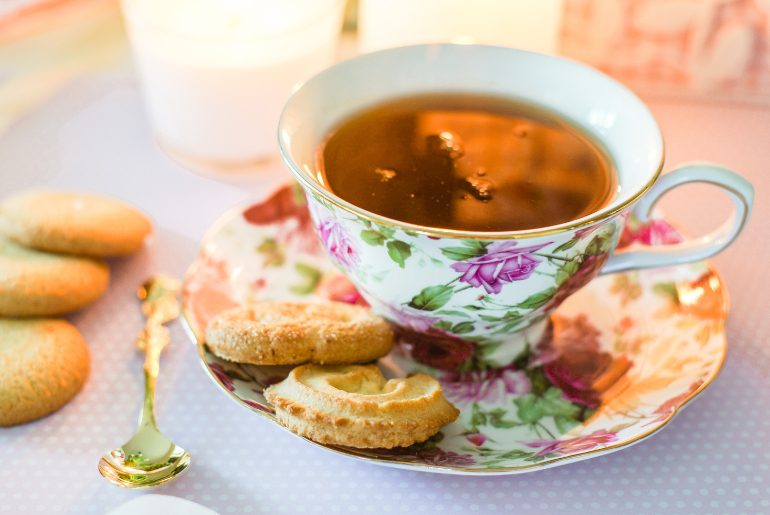
While tea itself originated in China, it was in India that the British developed a deep appreciation for it. They found the climate and land in India conducive to growing tea leaves. Later, the British East India Company established plantations in places like Assam and Darjeeling. The British refined their tea-drinking habits in India and carried this love for tea back to England. Today, the quintessentially British tradition of afternoon tea is an example of the Indian influence on British tea culture.
4. Kedgeree
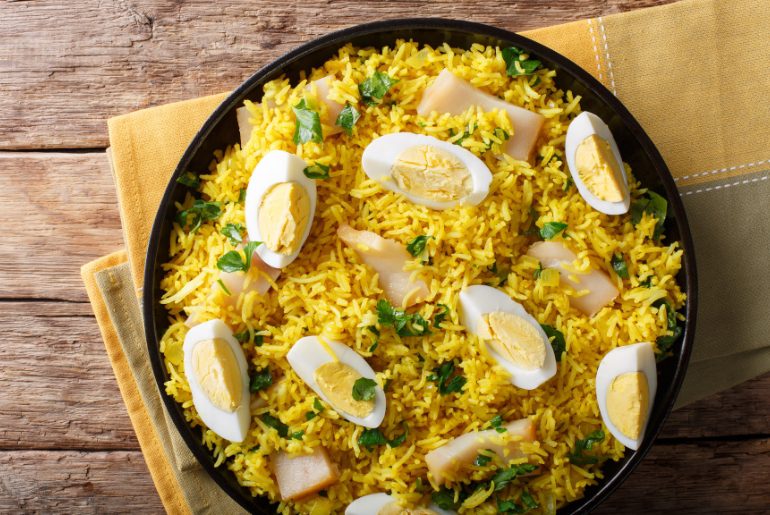
Kedgeree is a dish that originated in colonial India and was later adopted by the British. It is a combination of rice, smoked fish (often haddock), eggs, and spices. Initially a breakfast dish for British colonials in India, it evolved into a popular Victorian-era dish in Britain. The use of Indian spices and rice reflects the fusion of Indian and British culinary traditions.
These culinary influences not only enriched British cuisine but also created a lasting connection between Indian and British food cultures, representing the impact of cultural exchange during the colonial era.
Cover Image Courtesy: Canva
First Published: August 04, 2023 4:27 PM
